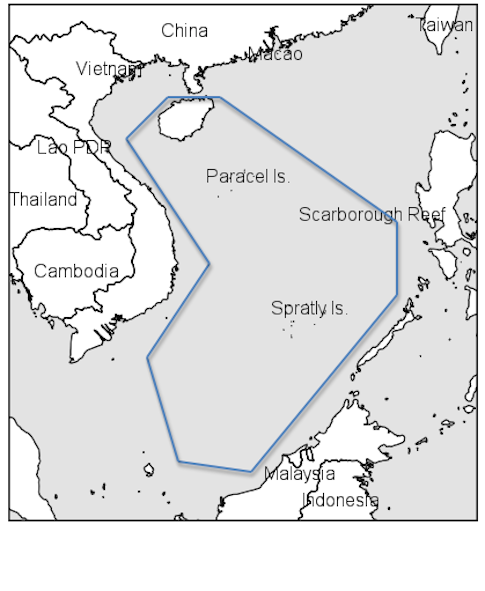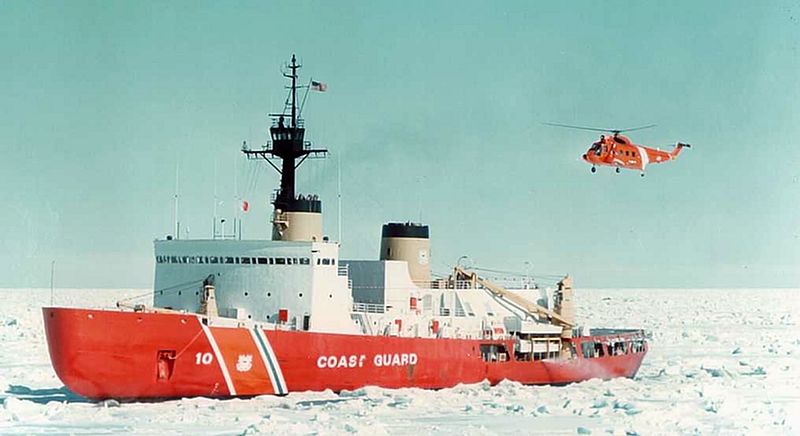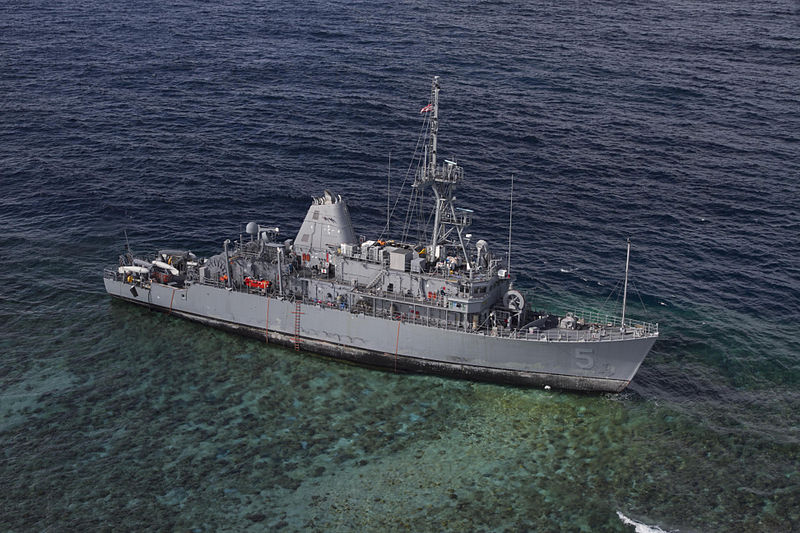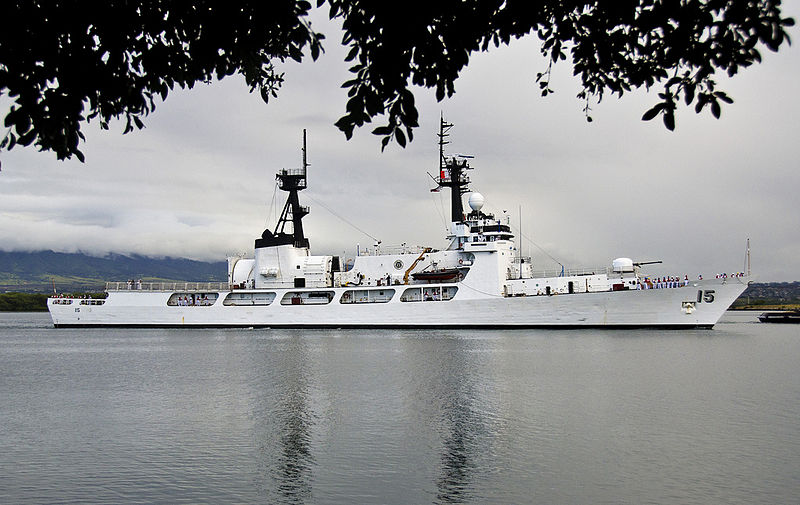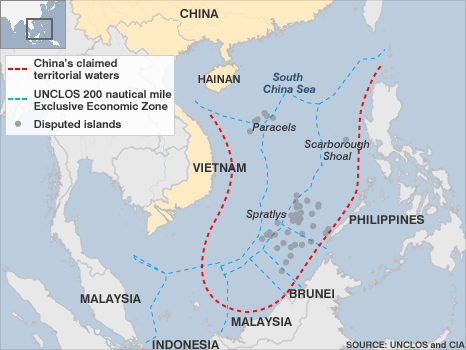The Royal Canadian Navy (RCN) and the Canadian Coast Guard (CCG) both are badly in need of new ships. The federal government has been aware of this for quite some time and has made plenty of announcements about addressing those needs … but the actual steps taken do not give me hope that the needs will be met economically or in a timely fashion. Canada no longer has a domestic ship-building industry with experience in producing military vessels, and it does not make economic sense to re-create it for the relatively small number of ships the RCN and the CCG actually need.
Politically, it can be a good election ploy to pour lots of government money into new shipyards which will employ hundreds of skilled and unskilled workers. The newly employed will be spending their salaries in Halifax, Vancouver, and Quebec and the visible signs of construction (both of the facilities themselves and of the hulls of the ships) will be a steady reminder to voters that the feds are investing in their cities. From the political viewpoint, it makes lots of sense to design and build the ships in Canada.
Economically, the situation is quite different. None of the remaining shipbuilding firms have the trained staff for either designing or assembling modern military ships. They’ll need to expand their yards and hire new skilled workers to take on the contracts. The civilian economy probably does not have all the necessary trained would-be employees ready to hire, so many would need to be brought in from other countries while training courses eventually turn out enough Canadians able to take those jobs. This will all increase the cost of the shipbuilding program, and delay the already belated eventual delivery of the ships. J.L. Granatstein explains:
The government’s National Shipbuilding Strategy aims to provide Arctic patrol ships, supply vessels and eventually replacements for the RCN’s fine frigates, as well as a large icebreaker and 10 smaller ships for the Coast Guard. The cost, including the frigate replacement, is estimated at $80 billion, and the process involves re-establishing the nation’s shipyards in Vancouver and Halifax, in effect re-creating a defunct industry. Up to 15,000 jobs are to be created.
But this is Canada, so pork and high costs are inevitable. National Defence and Public Works are deeply involved, politicians’ hands are all over the plans, and costs are sky-high. Consider the two Joint Support Ships to be built in Vancouver for $3 billion. They will likely be fine ships when they hit the water, years late. Britain’s Royal Navy, however, is buying four roughly similar ships from South Korean builders for $750 million — for all four. Should the RCN ships cost eight times those of the British? The Dutch navy is buying ships built in Romania; the Danes use ships built in Poland. Why? Because the cost is far less, the quality is good, and the work of installing the armaments and communications systems can be done in home waters, creating good jobs.
Take another case, the 10 small vessels to be built on the west coast for the Coast Guard for $3.3 billion. In 2007, the Danes bought similar, larger ships for $50 million each, ships with an icebreaking capacity the CCG ships will not have. Even with six years of inflation factored in, the CCG ships will cost at least three to five times as much.
But, the government will say, the jobs being created on the coasts are good ones, paying well for the skilled workers who are being trained to fill them. It is true, but will the Canadian public support the RCN and the Coast Guard when it realizes the massive costs involved to create each job? Moreover, no government can bind its successors to follow any policy. Jean Chrétien killed the maritime helicopter project when he came to power two decades ago, and the RCN still has no new ones. A future government might well say that the deficit is too high and the ship projects cannot proceed. After all, governments have killed the shipbuilding industry in this country before — after the two world wars and after the RCN frigate program ended in the 1990s. There are no guarantees in politics, and neither the Liberals nor the NDP seem high on defence spending for anything other than peacekeeping.
However, any time the political equations and the economic equations point in very different directions, you can almost always count on the politicians to go for the most expensive/most politically advantageous answer.

